Home>Ideas and Tips>Essential Tips For Collecting Antique Silverware
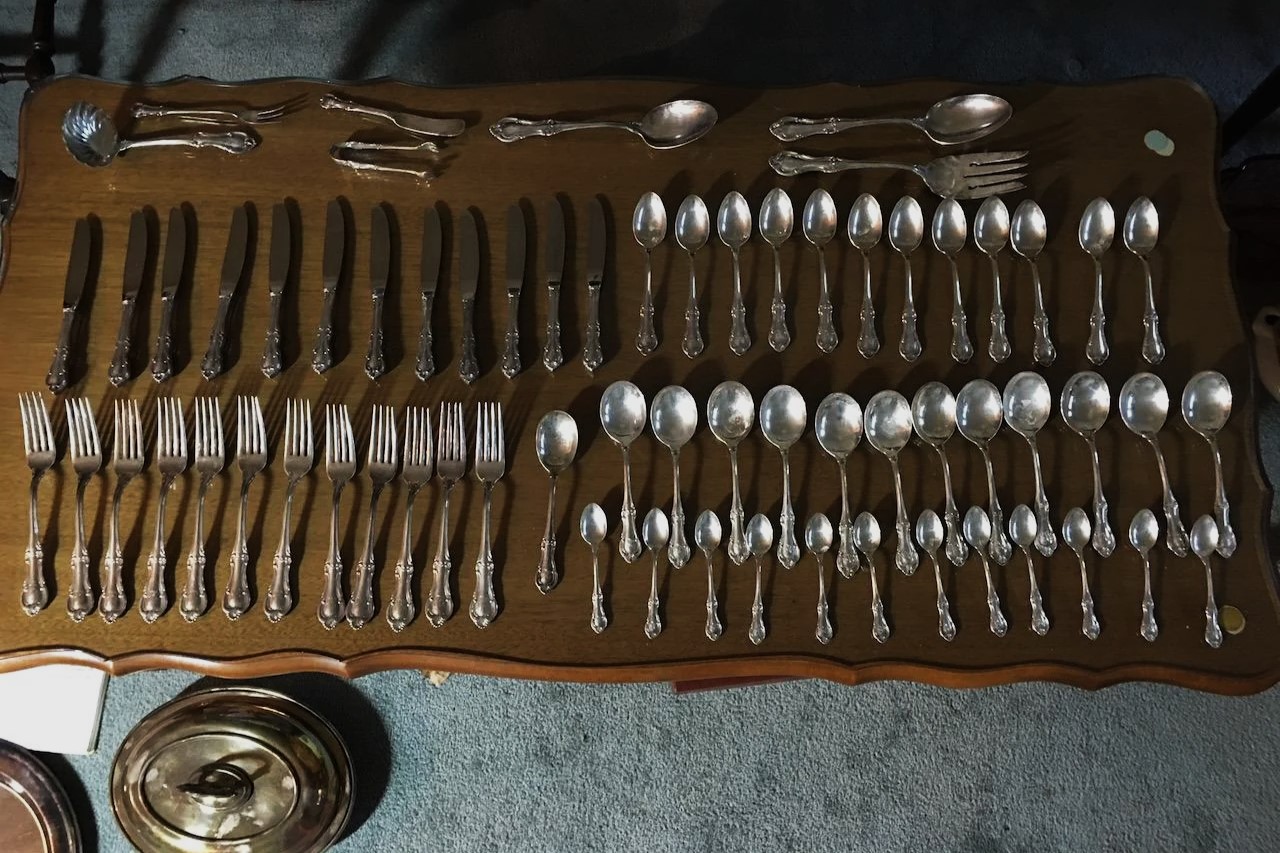

Ideas and Tips
Essential Tips For Collecting Antique Silverware
Published: November 3, 2024
Discover essential tips for collecting antique silverware, from choosing a focus to evaluating authenticity and condition, ensuring a valuable collection.
(Many of the links in this article redirect to a specific reviewed product. Your purchase of these products through affiliate links helps to generate commission for Storables.com, at no extra cost. Learn more)
Collecting antique silverware is a fascinating hobby that combines history, craftsmanship, and personal taste. Whether you're a seasoned collector or just starting out, understanding the basics of antique silverware can help you build a valuable and meaningful collection. In this article, we'll delve into the essential tips for collecting antique silverware, covering topics from choosing a focus to evaluating the condition and authenticity of your pieces.
Pick a Focus for Your Antique Silver Collection
When starting a collection, it's crucial to define your focus. This helps you narrow down your search and ensures that your collection is cohesive and meaningful. Here are some ideas to consider:
- Choose a Specific Type of Object: Focus on a particular type of object, such as sterling silver glove hooks or salt cellars. This specificity can make your collection more interesting and easier to manage.
- Collect Items from a Favorite Era: If you have a particular era in mind, such as pieces with Art Nouveau or Art Deco designs, this can be a great way to create a themed collection.
- Limit Yourself to a Specific Manufacturer: Collecting items from a specific antique silver manufacturer, like Wallace, Unger Brothers, Whiting, or another famous name, can add depth to your collection.
- Focus on a Favorite Motif: Collect pieces featuring your favorite motifs, such as lilies, ladies with flowing hair, geometric designs, or animals. This personal touch can make your collection more enjoyable.
- Choose Pieces You Will Use Regularly: If you plan to use your antique silverware regularly, consider pieces like serving spoons and dishes. These items can be both functional and decorative.
Read more: Starting A Collection Of Antique Clocks
Learn How to Date Antique Silver
Understanding the age of your antique silverware is essential for both its value and its historical significance. Here are some methods to determine the age of your pieces:
- Hallmarks: Most silver manufacturers changed their marks every few years. If the item has a hallmark, compare it to known marks for that manufacturer to narrow down the date range.
- Design Clues: For pieces without hallmarks, look for design clues. For example, pieces from the Aesthetic movement (1860s-1890s) often feature simple lines, nature motifs, Asian-inspired images, and hand engraving.
- Condition: The condition of the piece can also provide clues about its age. Older pieces may show signs of wear but are often more valuable due to their rarity.
Examine the Condition of a Silver Item
The condition of an antique silver item is crucial in determining its value and authenticity. Here are some factors to consider:
- Dents and Corrosion: Dents, heavy corrosion, worn silverplate that reveals the base metal, scratches, broken areas, and other types of damage can detract from the value of your item. Generally, these damaged pieces are not the best items to add to your collection.
- Minor Repairs: Minor repairs do not necessarily affect the value of an item. However, heavily repaired examples should be avoided as they may indicate significant wear or damage.
- Tarnish: Tarnish is a natural process that occurs when silver reacts with air and moisture. While it can be cleaned off, excessive tarnish may indicate poor storage or handling.
Spot the Most Valuable Antique Silverware
Certain pieces of antique silverware are especially valuable due to their rarity, craftsmanship, or historical significance. Here are some tips for spotting these treasures:
- Valuable Patterns: Look for flatware patterns that feature delicate craftsmanship and individual designs on each piece. For example, Whiting Berry has different types of berries on each piece.
- Famous Manufacturers: Certain manufacturers like Tiffany & Co. and Georg Jensen are particularly valuable to collectors.
- Joining Areas: Examine the areas where flatware handles meet bowls or shoulders of forks. These areas are often where two separate pieces are joined together.
- Soldering and Bubbles: Check for evidence of soldering or a slightly bubbled appearance anywhere on a piece. This can indicate that the piece has been repaired or altered.
- Measurements: Compare the dimensions of your item with those listed in silver collecting books like Miller's Collecting Silver: The Facts at Your Fingertips and All About Antique Silver with International Hallmarks.
- Engraving and Chasing: Examine the engraving and dimensional details or chasing on a piece. Sharp and clear details are indicative of high-quality craftsmanship, while muddy or lumpy details may suggest forgery.
- Hallmarks: Take a good look at the marks on the item. Legitimate hallmarks are harder to fake than reproduction pieces.
Buy From Reputable Sources
When purchasing items for your collection, it's essential to buy from reputable sources to ensure authenticity and quality. Here are some tips:
- Local Antique Stores: Shopping locally allows you to handle the pieces firsthand, which can be beneficial for assessing condition and authenticity.
- Online Marketplaces: Online shopping offers a wider selection but requires caution. Only purchase from reputable sources that allow returns if you're not satisfied with your purchase.
- Specialized Dealers: Legitimate sterling silver dealers are used to handling queries about the authenticity of their silverware. Don't hesitate to ask questions or seek appraisals if needed.
Learn About Silver Hallmarks
Silver hallmarks are an important way to tell sterling silver from silver-plated cutlery. Here's what you need to know:
- Standard Mark: The standard mark for sterling silver certified in London, Glasgow, and Edinburgh is a lion passant. Before 1975, sterling silver was certified with a thistle mark in Scotland, while Irish sterling silver is denoted by the crowned harp mark.
- Date Letter: Between 1697 and 1999, a letter appeared on sterling silver items to denote the year it was made. These letters can be matched up with date ranges in official sterling silver records.
- Maker’s Mark: The maker’s mark consists of the initials of a particular silversmith. These marks are differentiated by unique fonts and outlines, and there are silver cutlery buying guide websites available to help check whether these marks are legitimate.
Evaluate the Value of Your Antique Silverware
The value of antique silverware is often subjective and depends on several factors including its rarity, condition, and historical significance. Here are some tips:
- Weight: Real sterling silver feels much heavier in the hand compared to silver-plated cutlery.
- Magnetism: Silver is not magnetic, so if a magnet is attracted to the piece of cutlery, it's likely silver-plated.
- Hallmarks: Legitimate hallmarks are crucial indicators of authenticity.
- Condition: The condition of an item plays a significant role in determining its value. Heavily-worn pieces may be less valuable than those in better condition.
- Market Demand: The demand for certain patterns or types of silverware can affect their value. For example, rare patterns like Whiting Berry may command higher prices due to their rarity.
Learn How to Clean and Polish Your Antique Silverware
Cleaning and polishing your antique silverware is essential for maintaining its appearance and longevity. Here are some tips:
- Polishes: Use good polishes like Goddard’s silver foam or Hagerty silver cleaner, which remove tarnish with little abrasion and have inhibitors that help prevent new tarnish forming.
- Avoid Abrasive Polishes: Avoid using abrasive polishes like jeweller’s rouge, which can rub away the details of the decoration or hallmarks.
- Storage Tips: Store your silverware in a cool, dry place away from direct sunlight to prevent tarnish.
Consider Condition When Collecting
The condition of an antique silver item is crucial in determining its value and authenticity. Here are some factors to consider:
- Minor Repairs: Minor repairs do not necessarily affect the value of an item. However, heavily repaired examples should be avoided as they may indicate significant wear or damage.
- Tarnish: Tarnish is a natural process that occurs when silver reacts with air and moisture. While it can be cleaned off, excessive tarnish may indicate poor storage or handling.
- Engraving Details: Examine the engraving details or chasing on a piece. Sharp and clear details are indicative of high-quality craftsmanship, while muddy or lumpy details may suggest forgery.
Read more: How To Clean An Antique Waffle Iron
Start with Flatware
When furnishing a dining table, your starting point should be the knives, forks, and spoons. Here are some tips:
- Condition is Paramount: The condition of flatware is of paramount importance. Heavily-worn 18th-century silver may be too fragile for regular use.
- Popular Patterns: 19th and early 20th-century services in popular patterns like Old English, Fiddle, and King’s are more practical for everyday use.
- Rarer Patterns: Rarer patterns may appeal to some collectors but can prove difficult and expensive to add to if you later decide to enlarge the service.
Embrace Accessories
Augmenting candlesticks with a centrepiece such as a basket or tureen would complete the basic framework of your table setting. Here are some additional tips:
- Salt Cellars: Salt cellars are essential for any formal table setting.
- Mustard Pots and Pepperettes: These small containers add a touch of elegance to your table.
- Wine Coolers and Salvers: For grander rooms, consider pairs of wine coolers, large salvers, or soup tureens on sideboards.
Learn How to Beat Silver Tarnish
Cleaning silver is easier than people think. Here are some tips:
- Good Polishes: Use good polishes like Goddard’s silver foam or Hagerty silver cleaner, which remove tarnish with little abrasion and have inhibitors that help prevent new tarnish forming.
- Avoid Abrasive Polishes: Avoid using abrasive polishes like jeweller’s rouge, which can rub away the details of the decoration or hallmarks.
By following these essential tips for collecting antique silverware, you can build a valuable and meaningful collection that reflects your personal taste and historical appreciation. Whether you're starting from scratch or expanding an existing collection, understanding the basics of antique silverware will help you navigate the world of collecting with confidence and enthusiasm.
Was this page helpful?
At Storables.com, we guarantee accurate and reliable information. Our content, validated by Expert Board Contributors, is crafted following stringent Editorial Policies. We're committed to providing you with well-researched, expert-backed insights for all your informational needs.

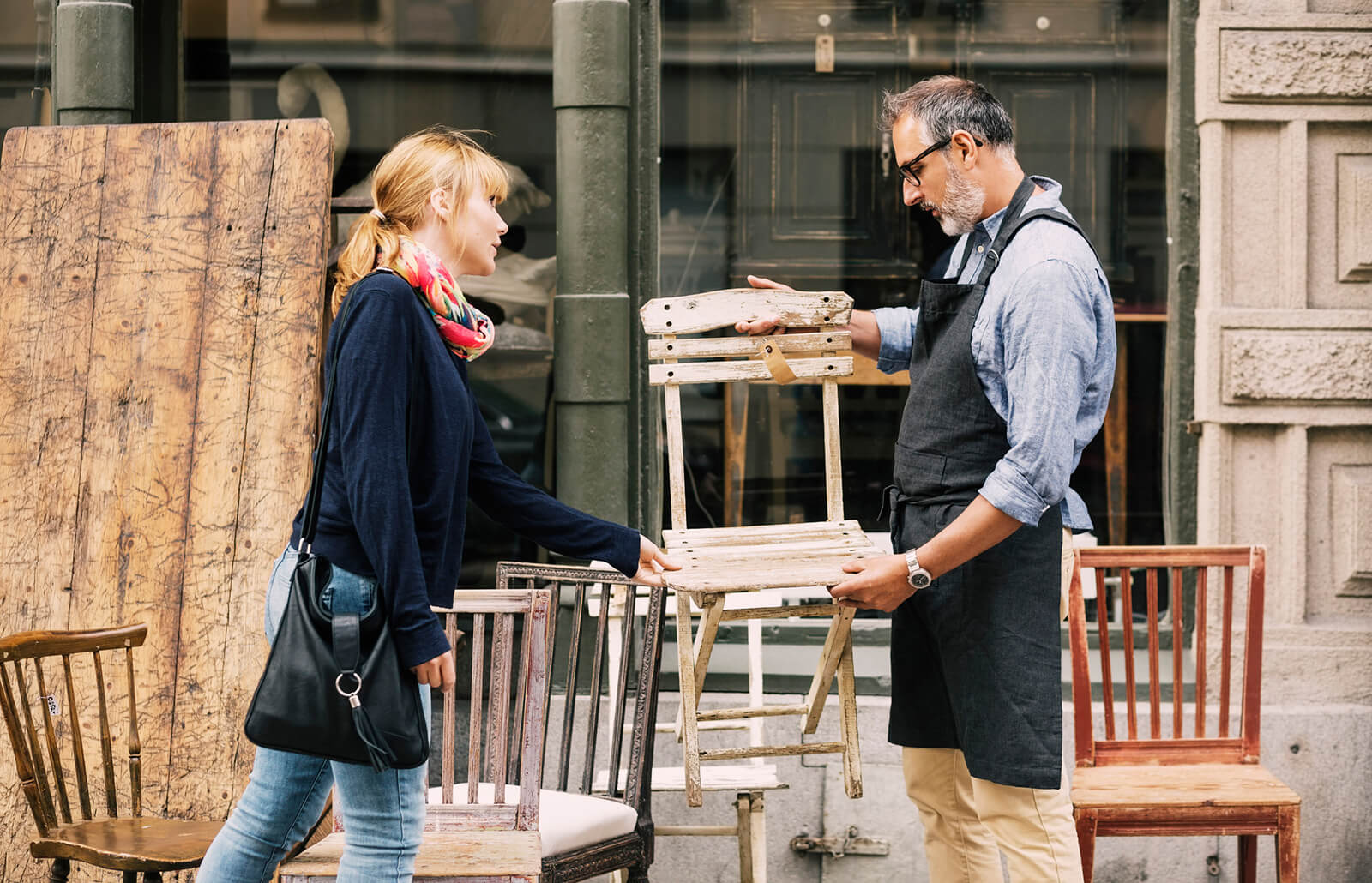
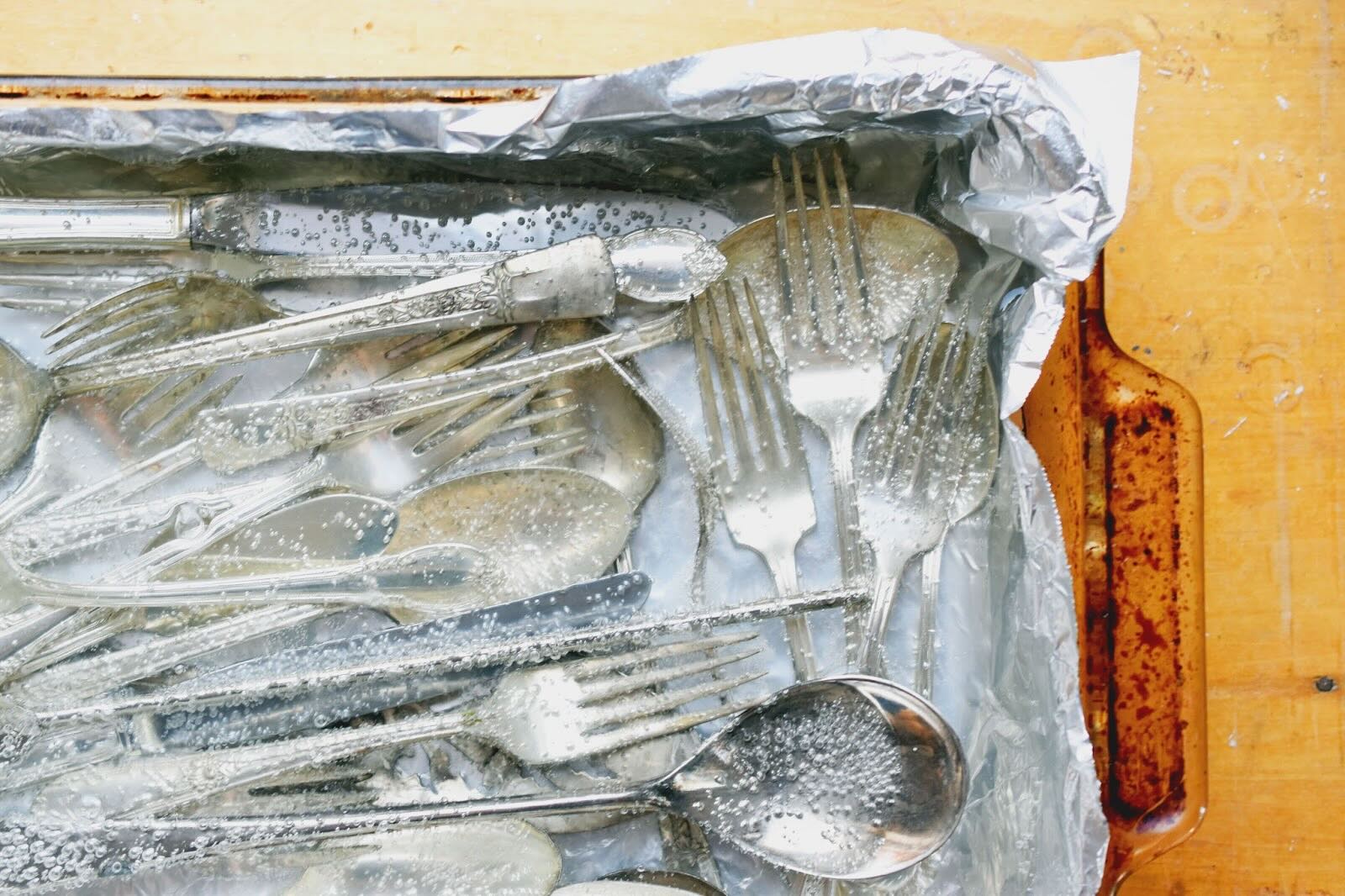
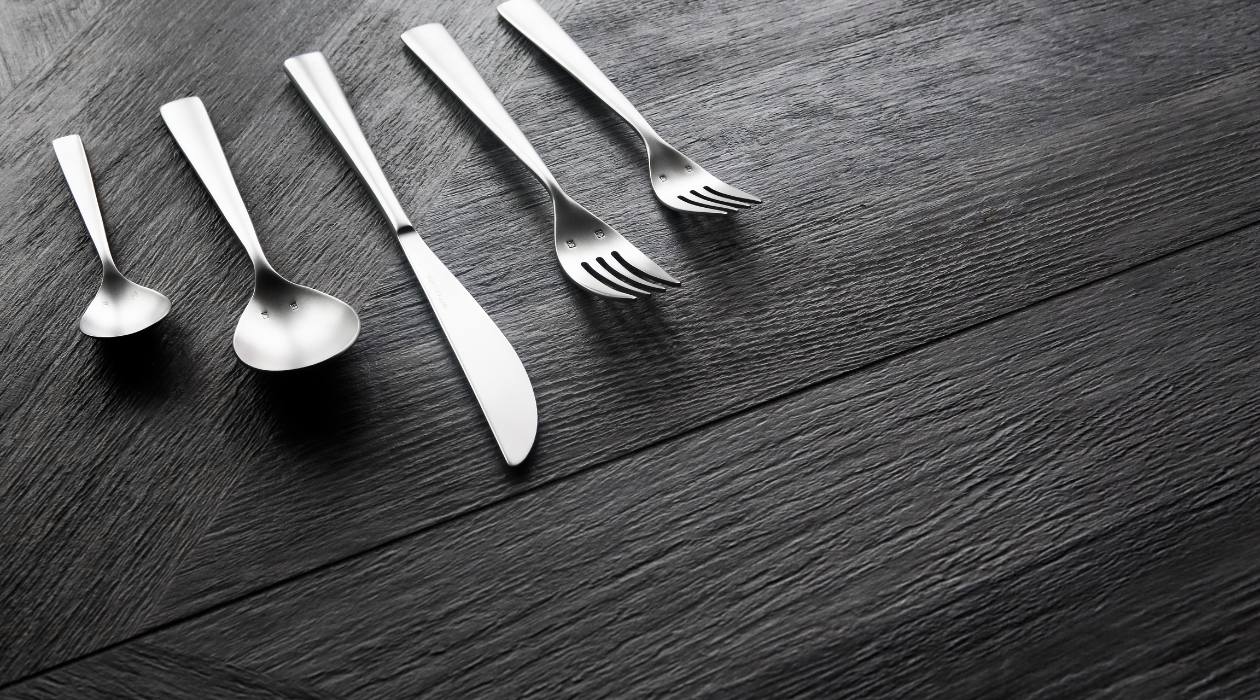
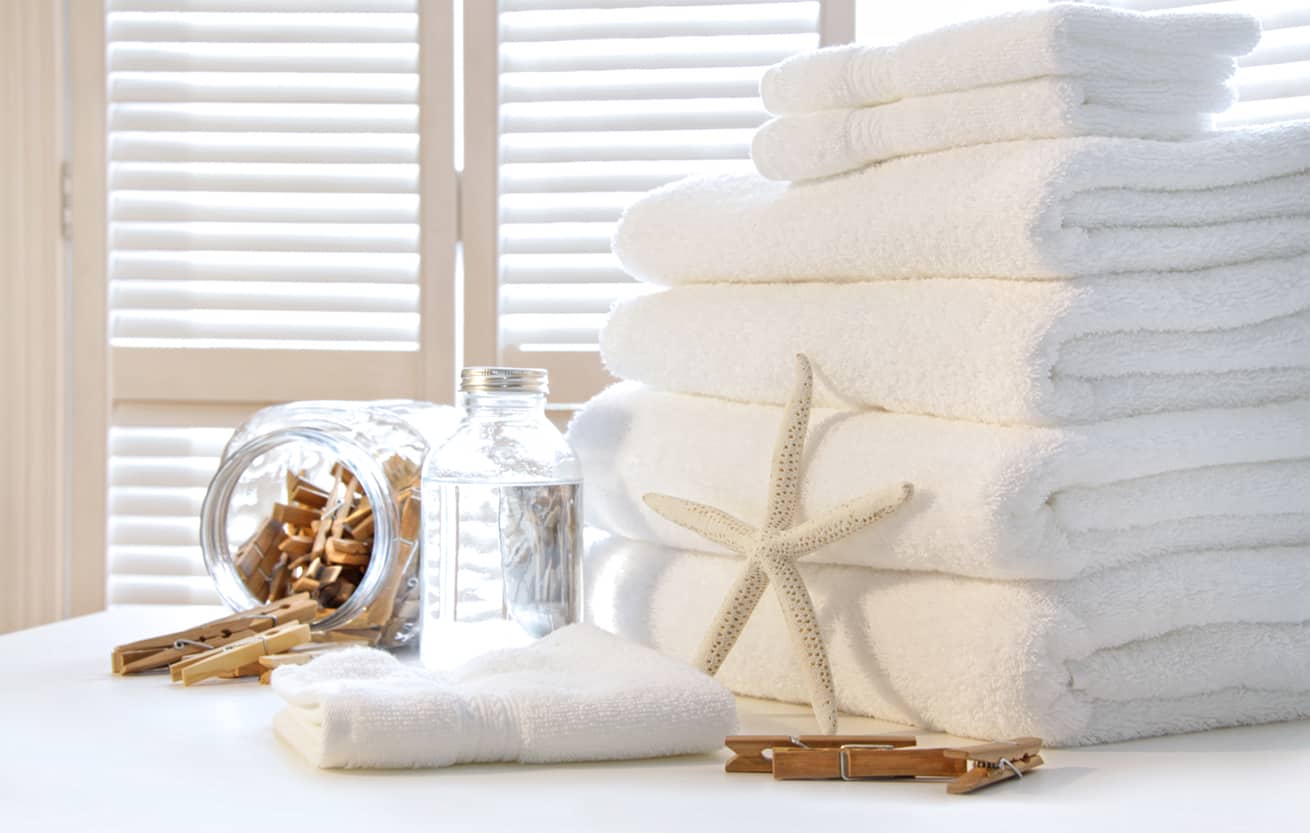
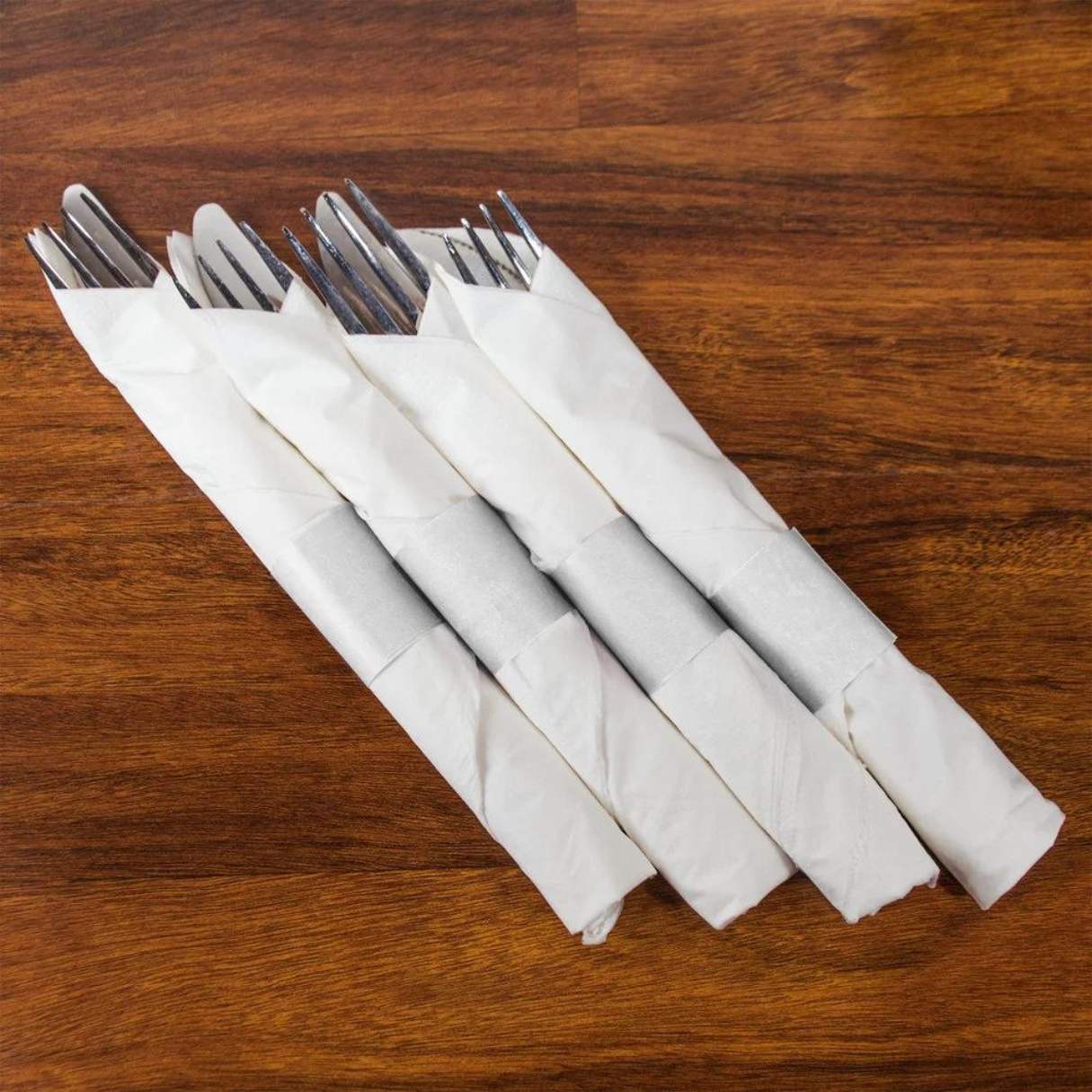
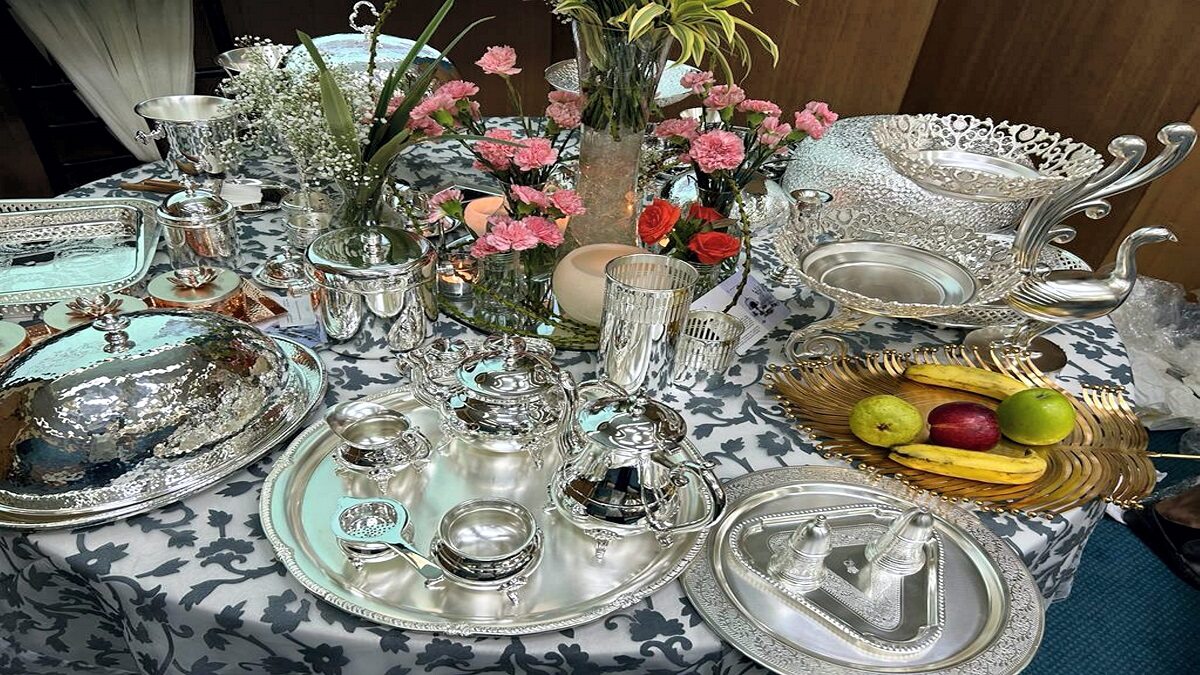
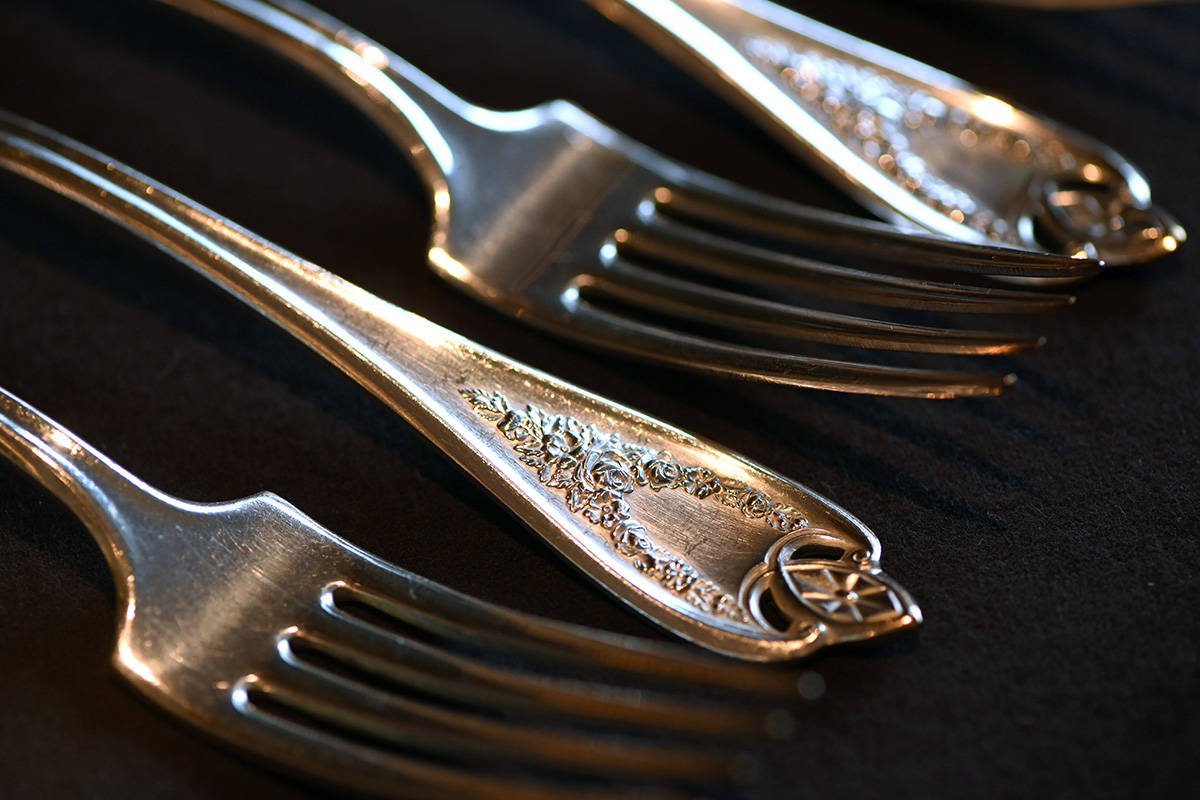
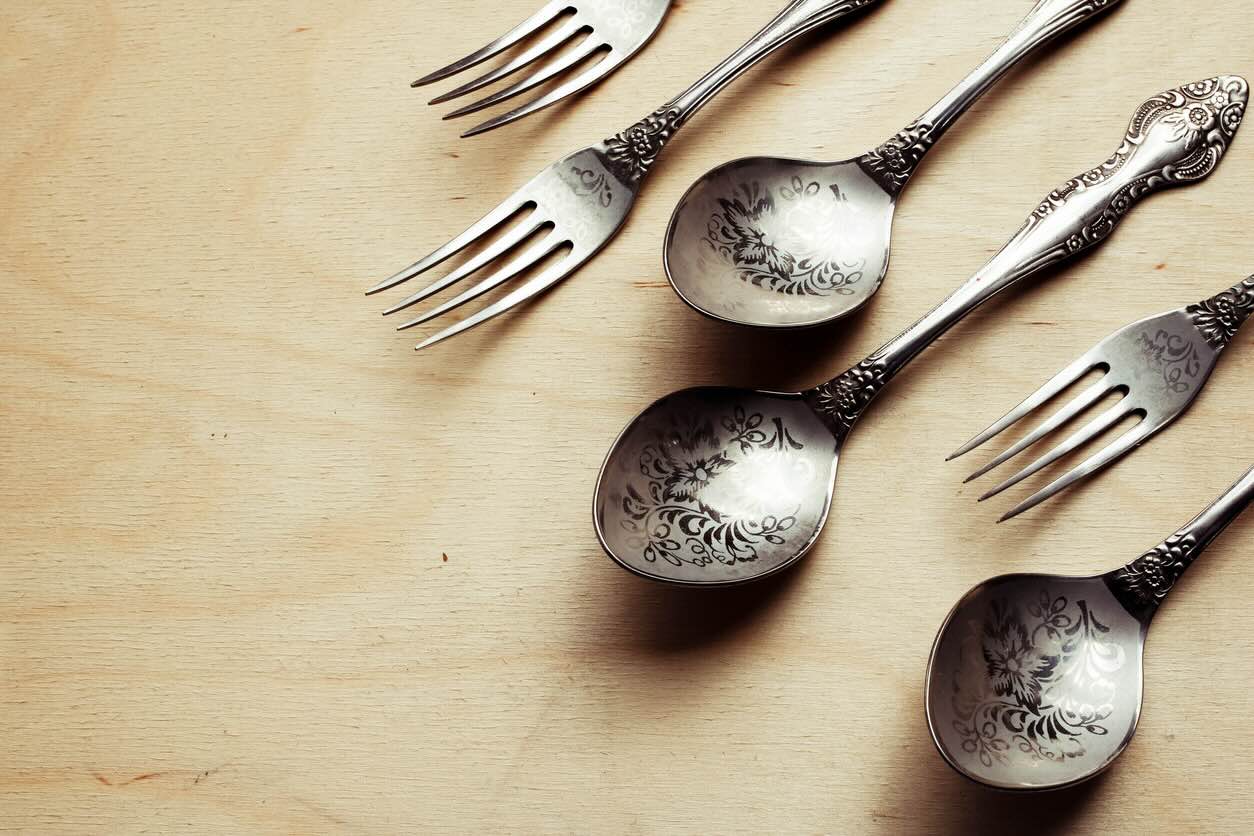
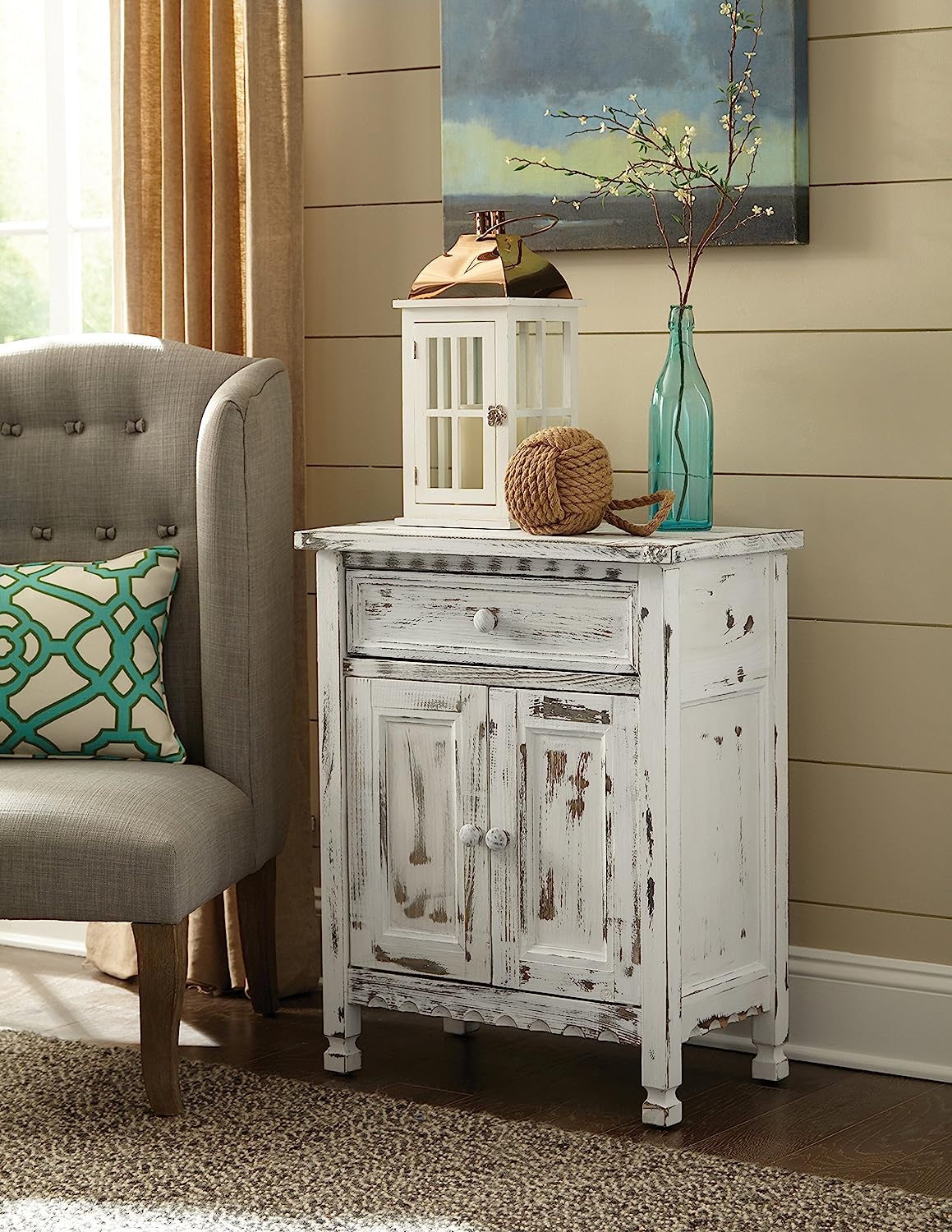
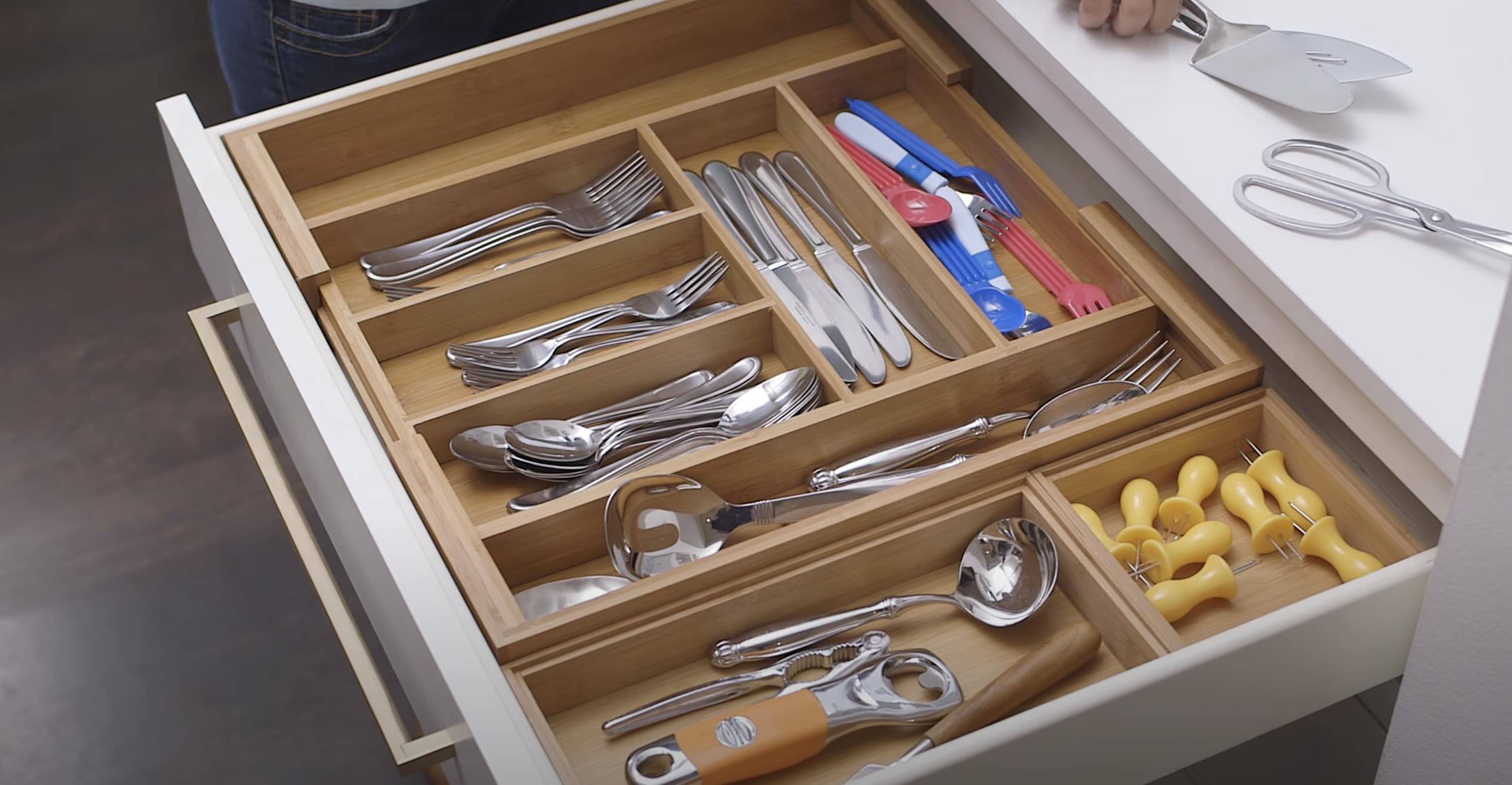
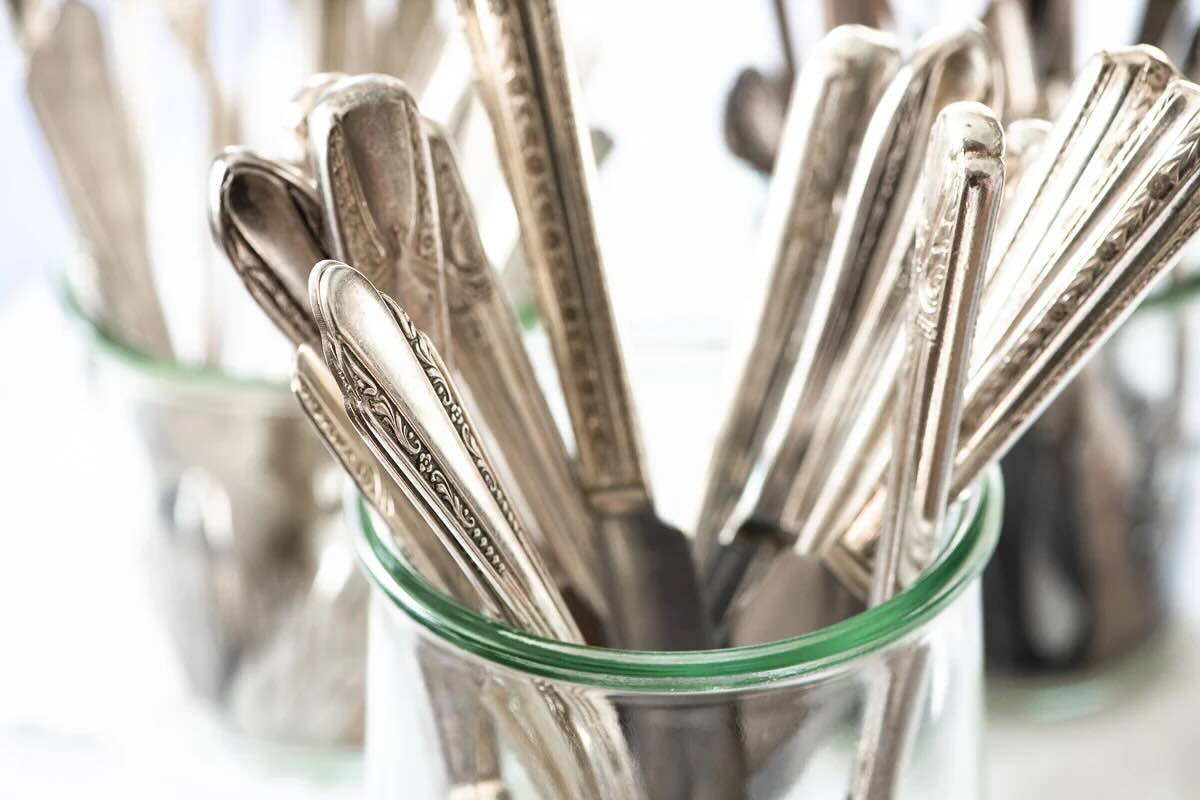
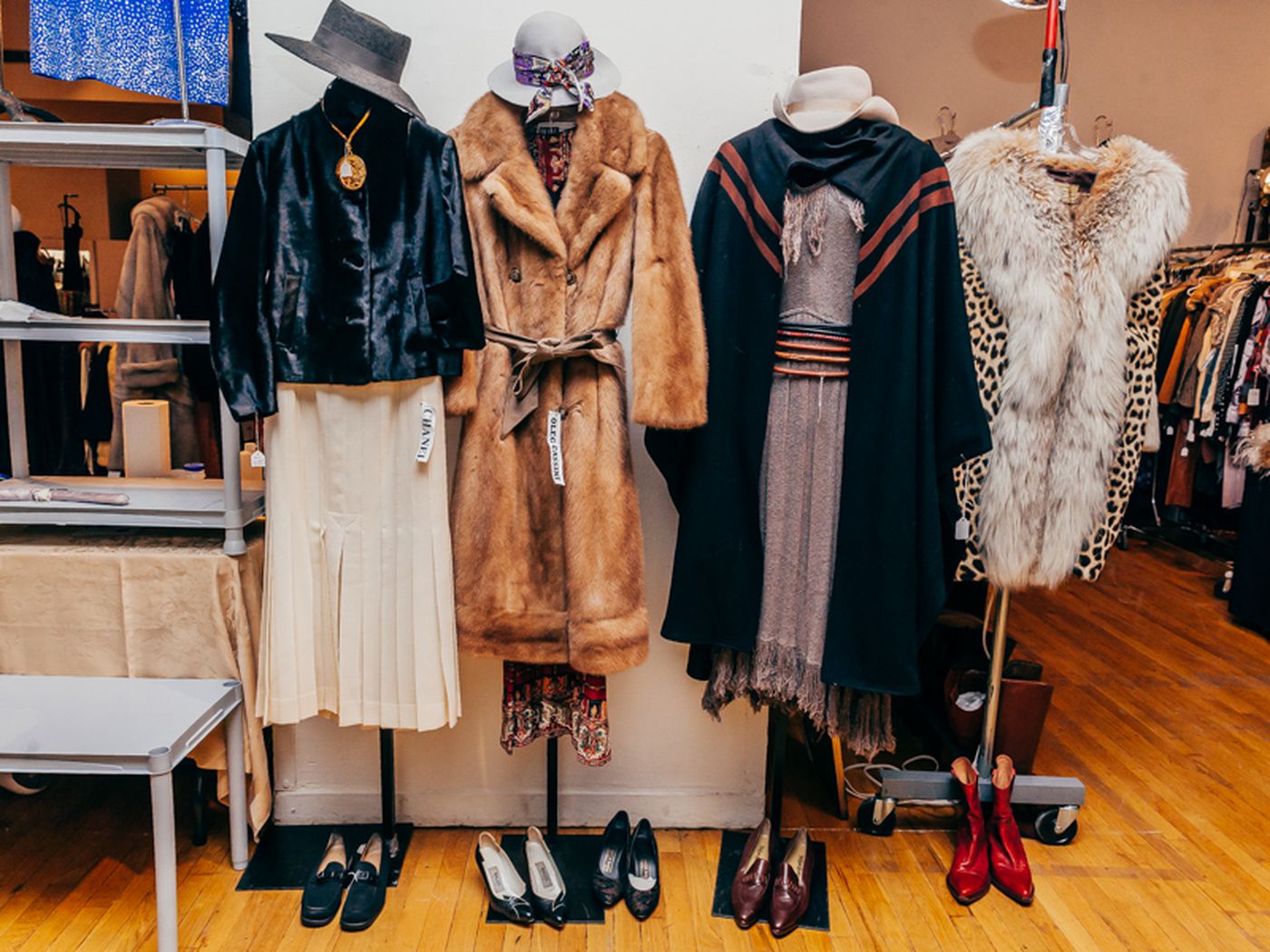

0 thoughts on “Essential Tips For Collecting Antique Silverware”